The region of Provence in France is known for its beautiful landscapes, Mediterranean climate, and rich cultural heritage. However, there are still some unknowns and lesser-known aspects about this fascinating region I used to call home.
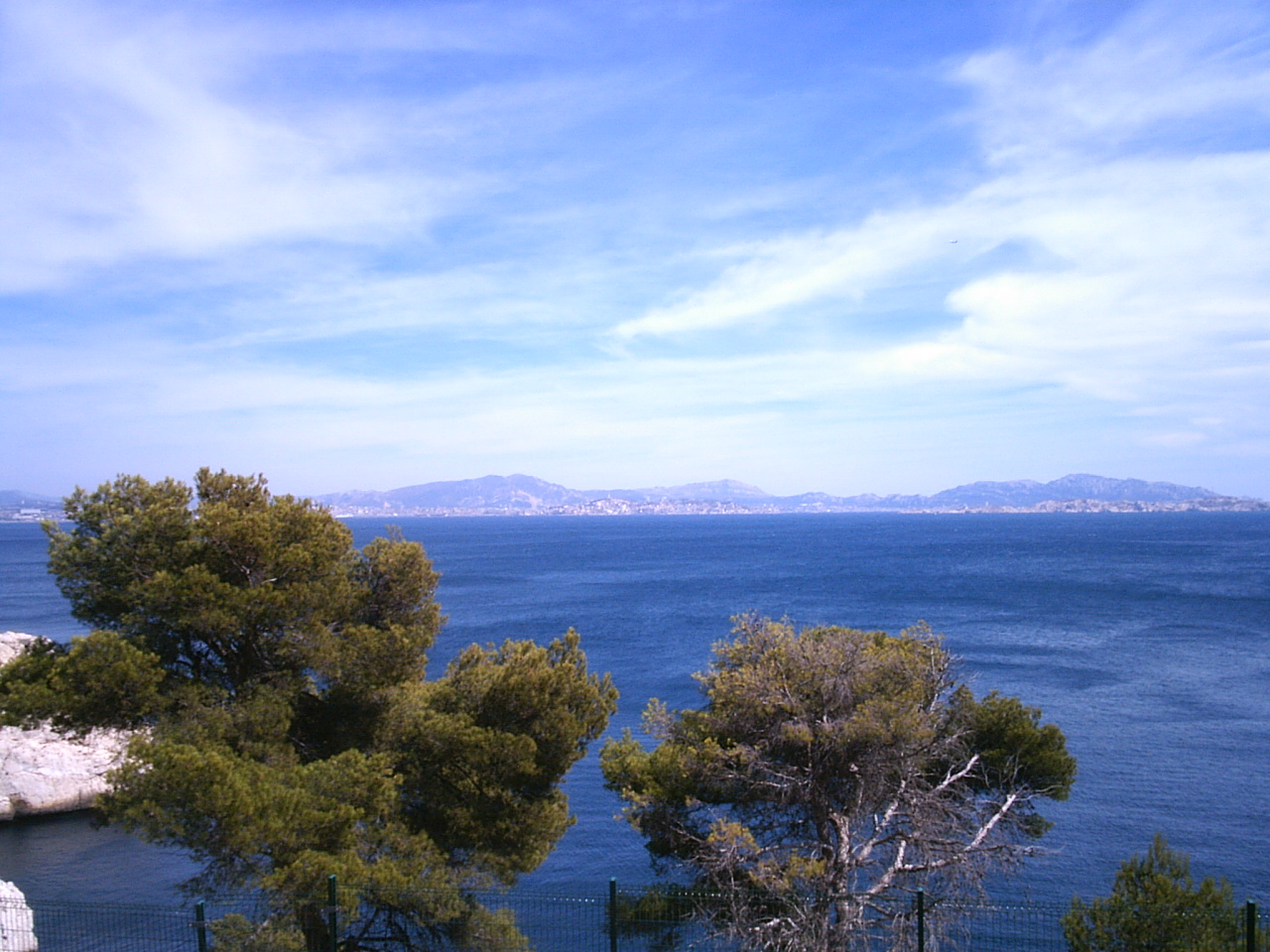
Here are a few:
Prehistoric History
- Provence has a long history dating back to prehistoric times. While some sites, such as the Cosquer Cave in the Calanque de Morgiou in Marseille, France, have been discovered and explored, there may still be undiscovered archaeological sites and artifacts that could shed further light on the region’s ancient past. An interesting and unique fact about the Cosquer Cave is its depiction of sea animals including penguins, auks, seals and jellyfish-like creatures.
- Growing up in Provence, I visited several prehistoric caves such as the Grotte Chauvet 2 (link to a French article) in the region, as well as other sites in the South-West of France.
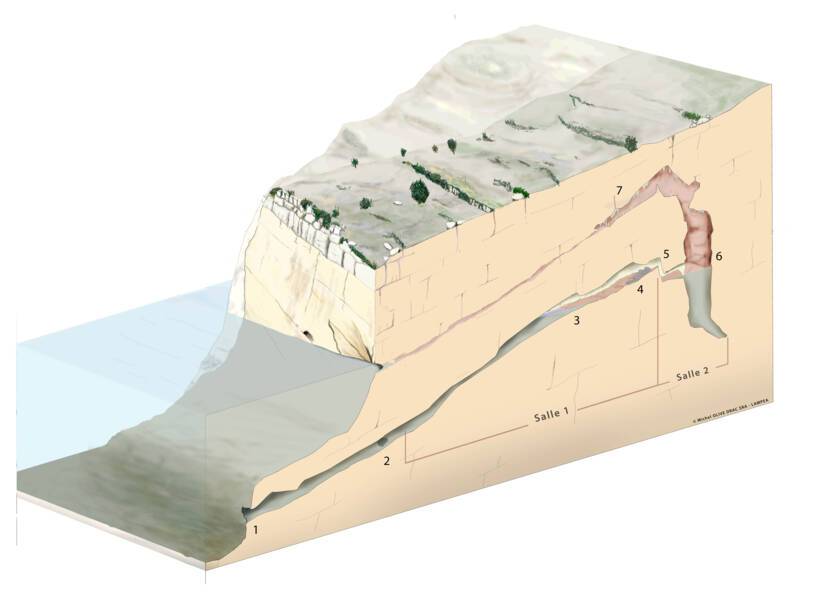
Roman Legacy
- Provence was once part of the Roman Empire, and the remains of Roman structures and settlements can be found throughout the region. However, there might still be undiscovered Roman ruins waiting to be unearthed, providing additional insights into the Roman presence in Provence.
- Some of the most famous Roman sites in Provence include: Glanum, in Saint-Rémy-de-Provence, the sites Puymin and La Villasse in Vaison-la-Romaine, the Roman Theatre of Orange, the Arena of Nîmes, the Pont Julien (French for Julian Bridge) is a Roman stone arch bridge over the Calavon river, in the south-east of France, dating from 3 BC.
Traditional Customs and Folklore
- Like many regions in France, Provence has its own set of traditional customs, folklore, and legends. Some of these stories and practices might be lesser-known or have been forgotten over time. Exploring and documenting these cultural aspects could reveal intriguing details about the region’s history and heritage. One of the traditions I recall well is the Transhumance festival in Istres, another famous one takes place in Saint Rémi de Provence. (Pulling the archives here for the photos, credit goes to my mom)
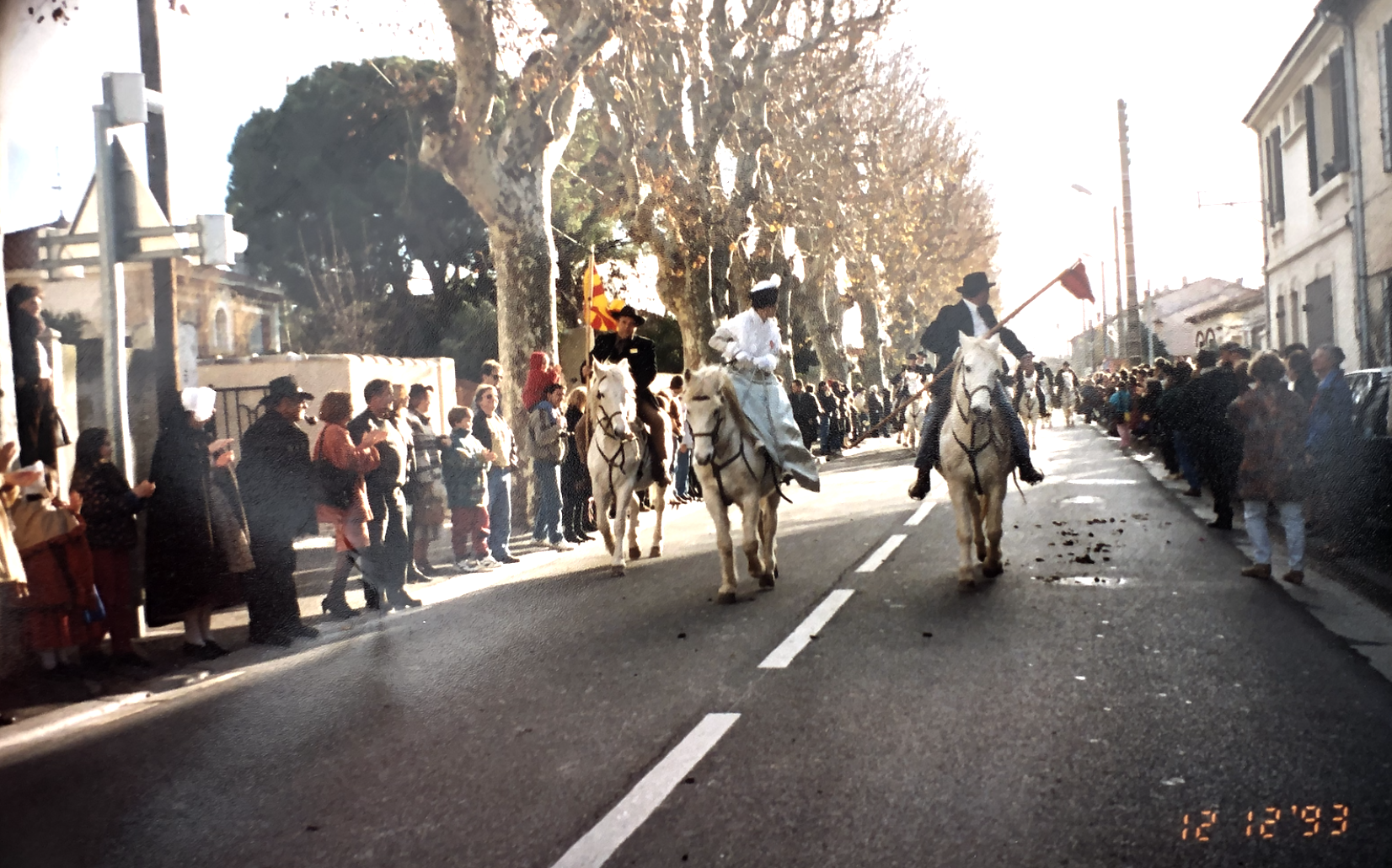
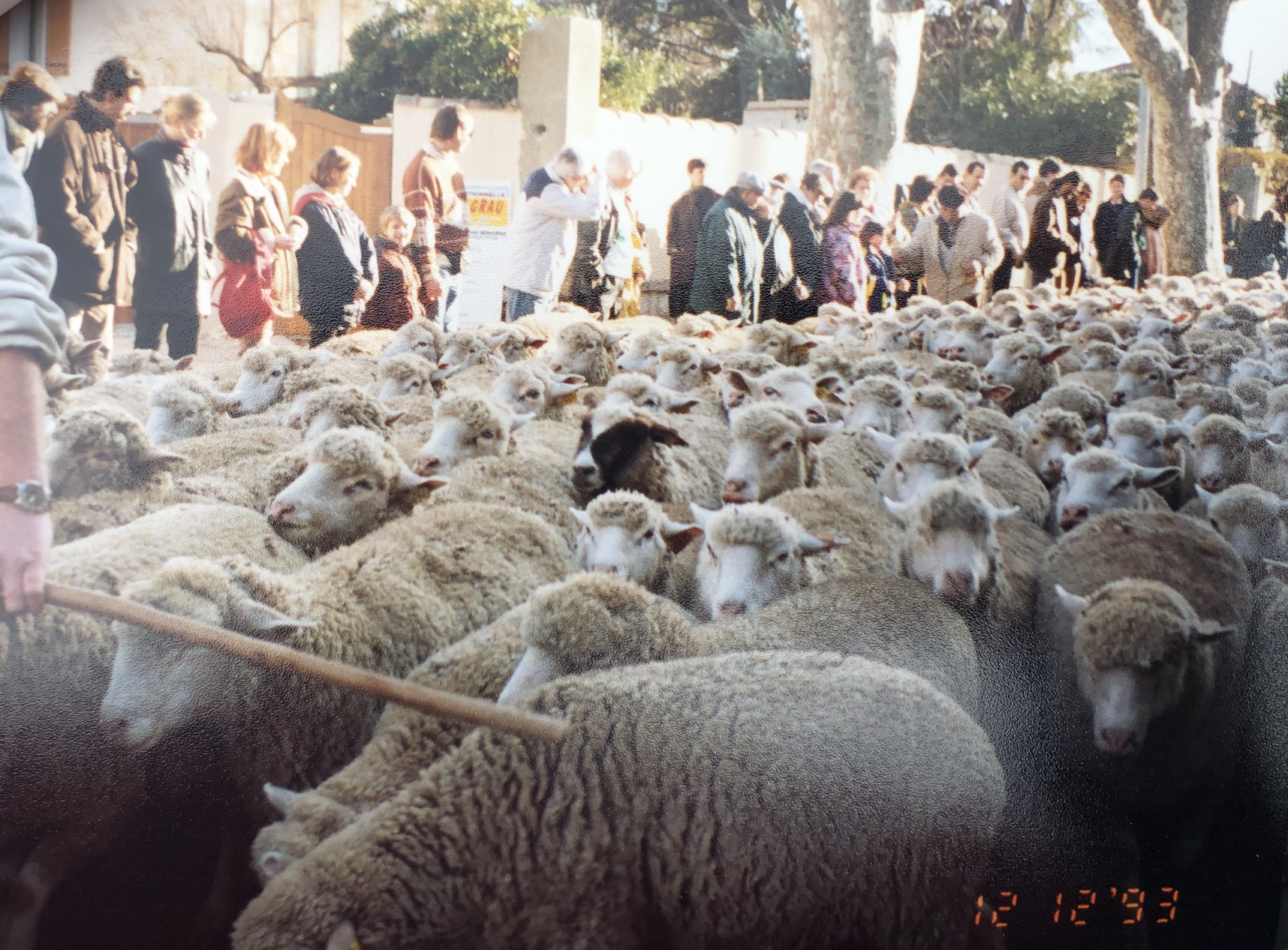

Natural Wonders
- While Provence is well-known for its lavender fields, picturesque villages, and the iconic Mont Ventoux, there might be hidden natural wonders that have yet to be widely discovered or explored. Hidden caves, waterfalls, unique geological formations, or biodiversity hotspots could still be waiting to be unveiled.
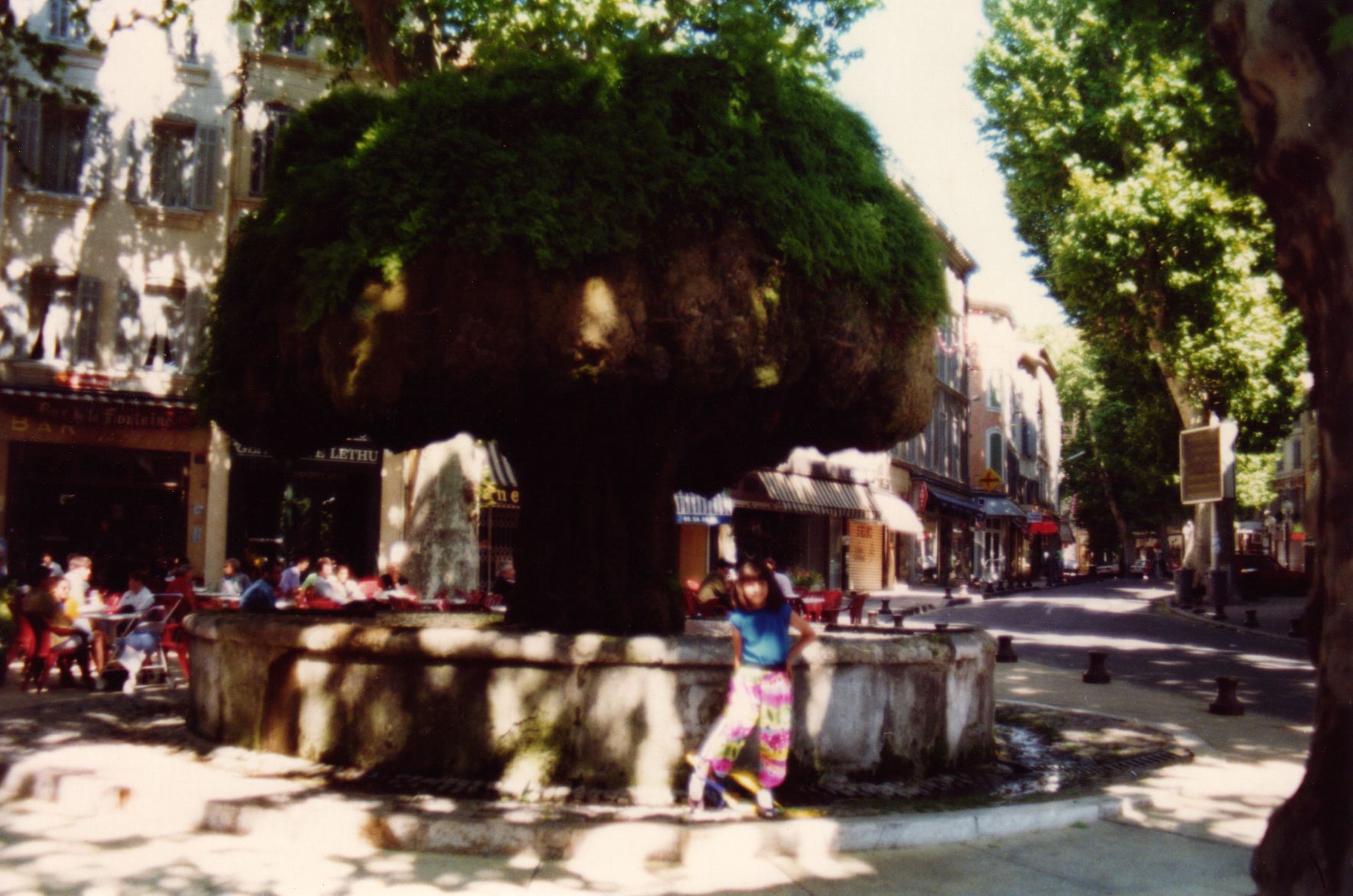
Local Cuisine and Gastronomy
- Provencal cuisine is renowned for its use of fresh, locally sourced ingredients, such as olive oil, herbs, and aromatic spices. While some dishes like ratatouille, bouillabaisse, and tapenade are well-known, there could be lesser-known traditional recipes or local specialties that have yet to gain broader recognition. One that comes to mind is the Pissaladière, sort of a Provençal pizza (recipe here), or pan bagnat, a provençal tuna sandwich (recipe) and more of course.
Artistic and Literary Connections
- Provence has attracted and inspired numerous artists, writers, and intellectuals throughout history. Van Gogh is often associated with Provence because of his short time there in Arles and Saint Rémi. He was attracted to the region because of its unique light which fascinated him as well as the quality of life there suited him. Cézanne, born in Aix-en-Provence had his workshop (I visited once)in the city.
- Exploring lesser-known connections, influences, or works of art inspired by the region could offer a deeper understanding of its cultural significance and its impact on the creative world. In my case it’s the region where I was exposed to the arts, I even started my studies in an Art School in Avignon.
Traditional Crafts and Artisanal Work
- Provence has a rich tradition of craftsmanship and artisanal work. Exploring lesser-known crafts, such as pottery, ceramics, weaving, or woodworking, could shed light on local traditions, techniques, and artisans who have been practicing their craft for generations. One such crafts that comes to mind is the “Santons de Provence“, painted terracotta figurine. They are usually small hand-painted figurine cast in terracotta or a similar material that is used for building nativity scenes.
More reading and links
South of France, a Prehistoric Region (Link in French)


Leave a Reply